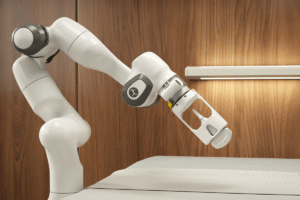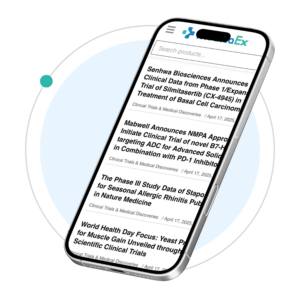Table of Contents
The world recently entered its third year of the COVID-19 pandemic. Though our prospects are improving, the fight against the virus on the front lines has healthcare workers wearier than ever.
This phenomenon is especially more pronounced in America, where continual waves of infection are burning out healthcare workers across the country. The JAMA Health Forum is reporting increased turnover rates across America’s healthcare sector. This is not to mention the ongoing physician shortage the country is facing.
Nurse practitioners (NPs) with full practice authority are proving to be a bright spot amid all these events. Their ability to administer healthcare without the supervision of a physician is only magnified by the continuing rise of telehealth amid the pandemic. Below are a few ways remote NPs are helping ease America’s healthcare worker shortage.
They keep burnout at bay
In recent years, healthcare workers have had to tackle longer hours, more demanding workloads, and increased emotional stress. The key benefit of telehealth for NPs is that it allows them the freedom to control their own workload and schedule. This serves as a change of environment — something that the Journal for Nurse Practitioners believes reduces burnout risk in NPs by up to 58%. Since telehealth further promotes the practice of preventive care, remote NPs can treat patients and lower hospitalization rates. This can help extend the benefits of reduced burnout to understaffed medical centers by reducing their workload.
They improve accessibility to healthcare
One of the main concepts behind telehealth is improved accessibility and convenience. By cutting out the need for travel and wait times, it aims to reach patients across demographics and even state lines. Remote nurse practitioners in Indiana can treat people in states as far as Arizona. On the flip side, patients in Mississippi and Nevada can benefit from better treatments — something that’s particularly important given that they have the lowest access to healthcare in the country. Aside from crossing geographical barriers, remote NPs can also aid patients affected by the physician shortage by virtue of their full practice authority.
They keep costs down
Millions of Americans are uninsured, and those who are often find that their insurance doesn’t cover the treatment they need. Remote NPs cater to the insured and uninsured alike, and they make consultations cheaper. Patients don’t need to travel or hire babysitters just to visit the hospital, and remote NPs don’t need to factor rent into their consultation fees. Remote NPs’ role in preventive care also reduces the risk of emergency hospitalization — which contributes to the medical debt of 46% of Americans — remote NPs therefore help disburse healthcare effectively despite a nationwide healthcare worker shortage.
They provide high-quality and continuous patient care
Thanks to modern technology, remote NPs can formulate and even see patients through the entirety of a treatment plan. This is largely thanks to integrated platforms that facilitate telehealth consultations while providing added capabilities to remotely order lab tests and prescriptions, and even consult specialists. In our recent piece ‘Digital Health for the Future’, we added that artificial intelligence, wearables, and other digital medical devices are enhancing remote patient monitoring outcomes. This means that with remote NPs, even patients with chronic conditions need not have their quality and continuity of care impacted by the ongoing shortage.
Remote NPs with full practice authority currently play a significant role in fixing America’s healthcare worker shortage. With them at the helm, patients are assured continued access to healthcare — and the healthcare sector, along with other concerned professionals, can focus on other solutions in the meantime.







